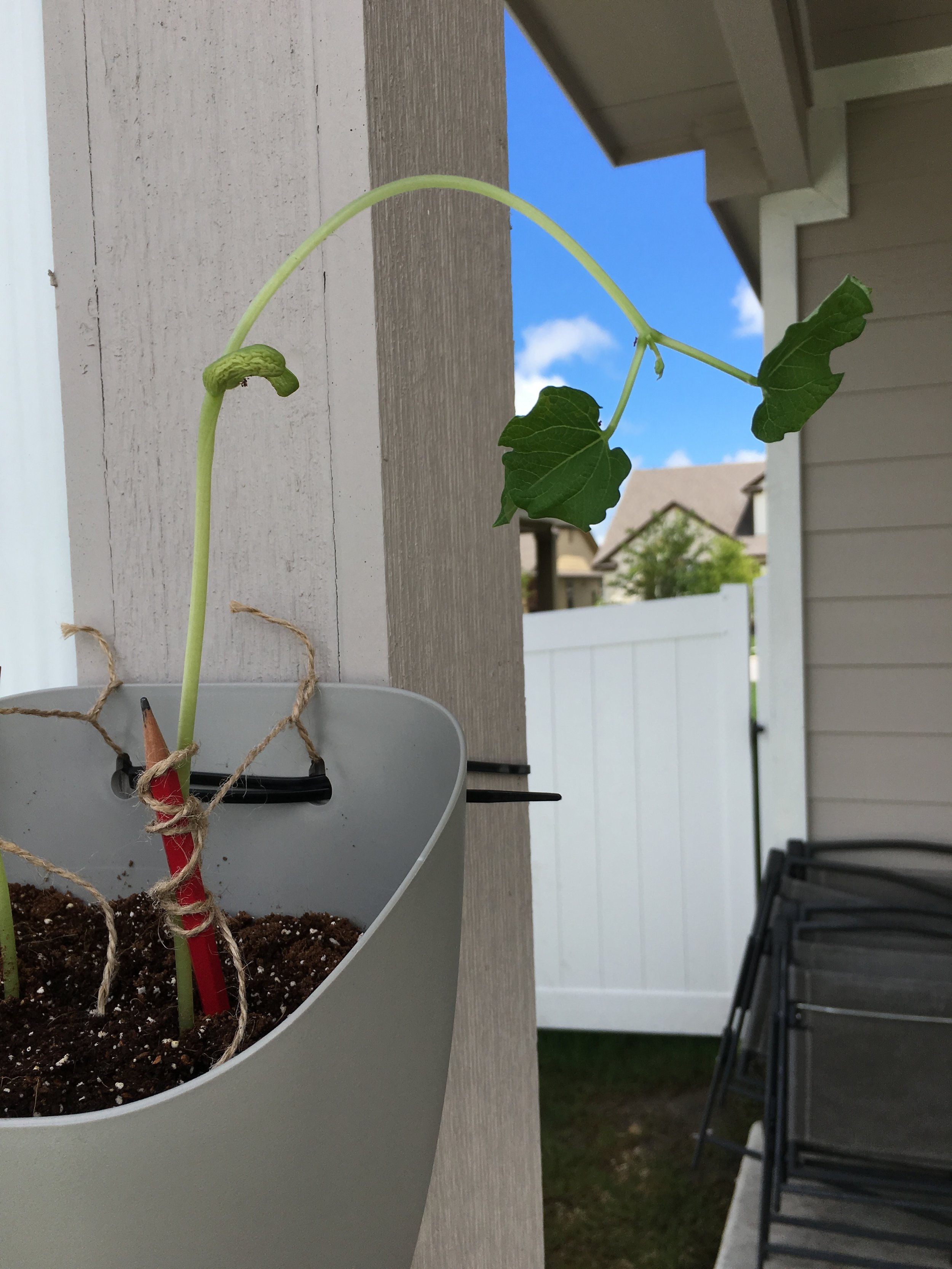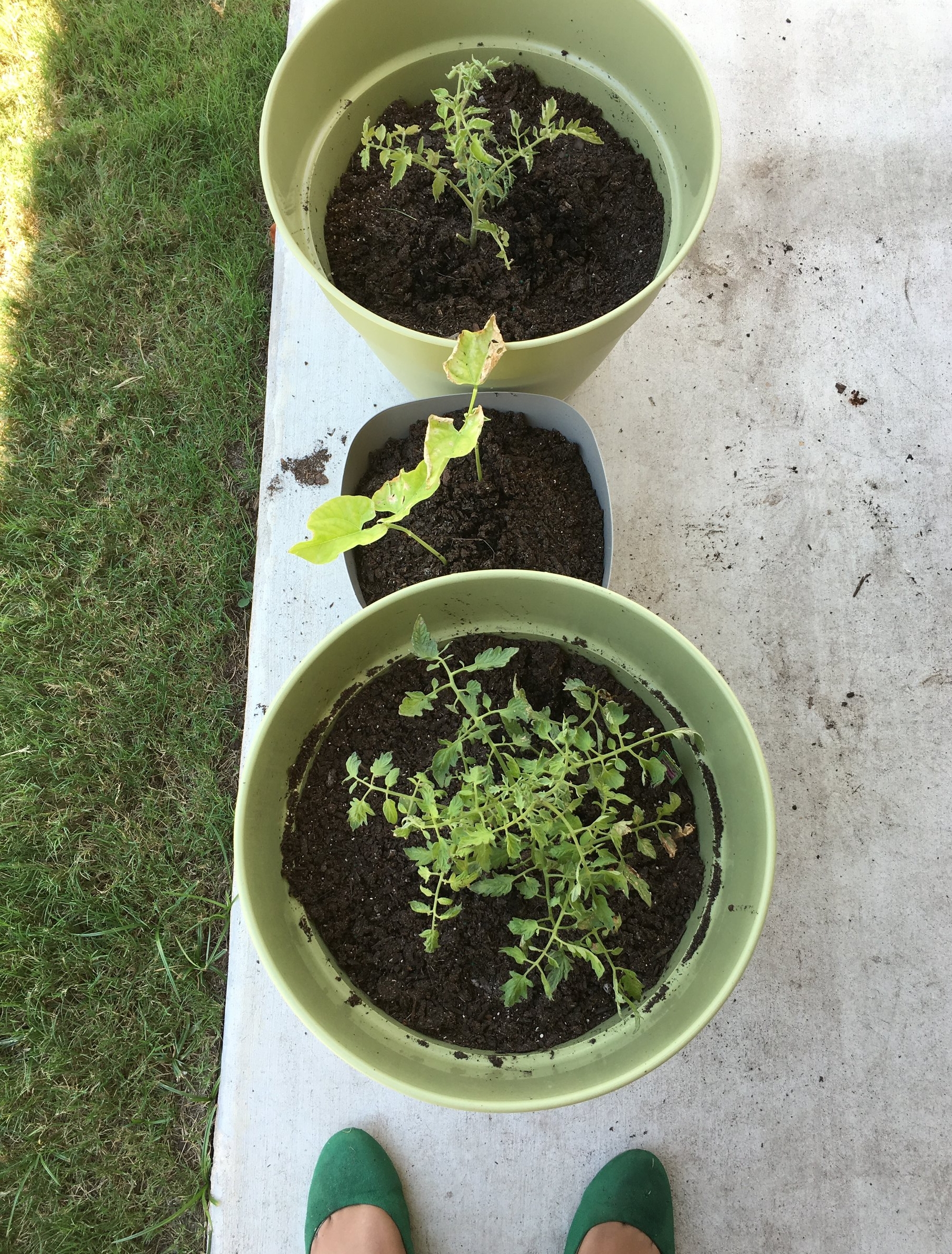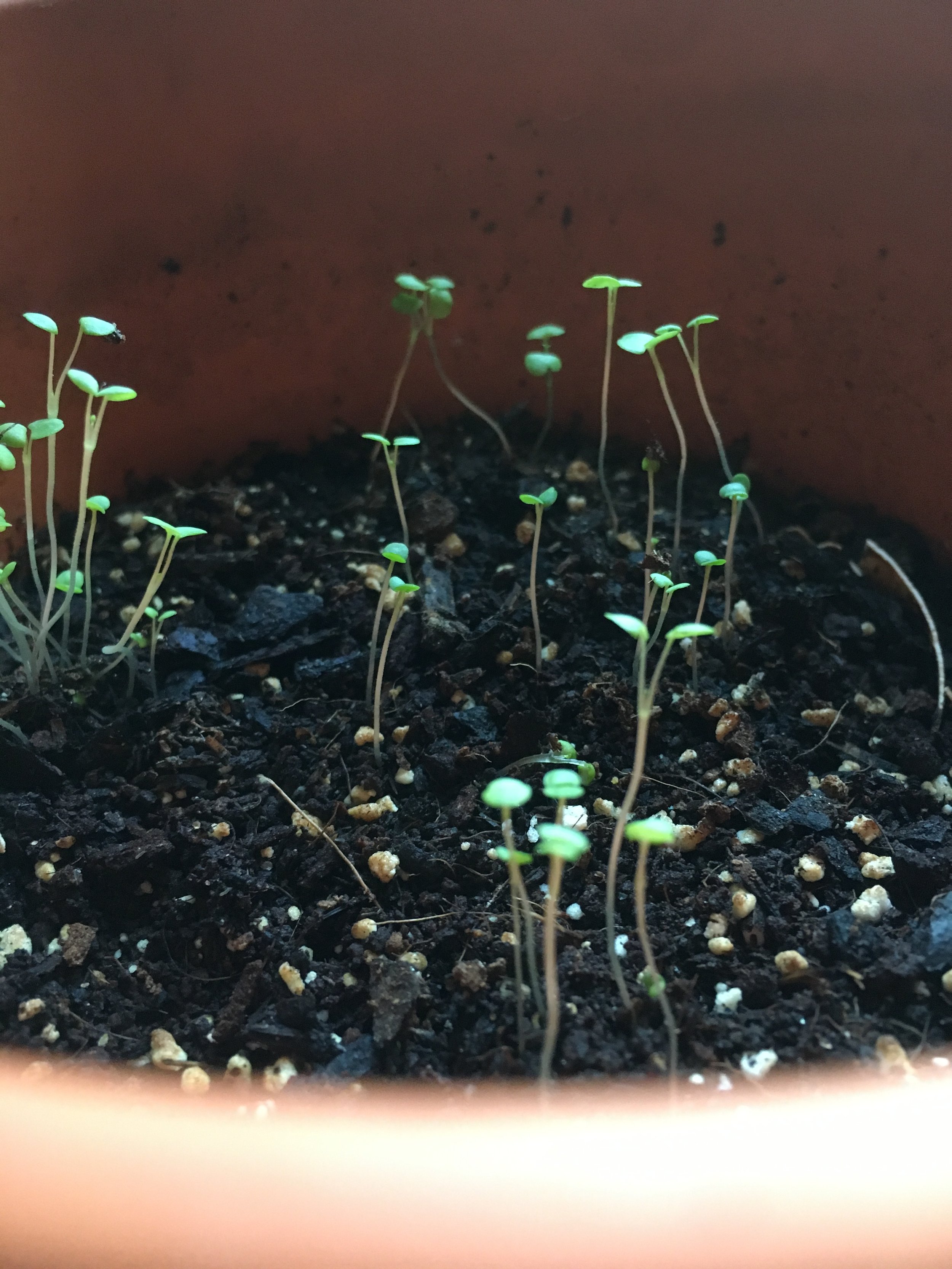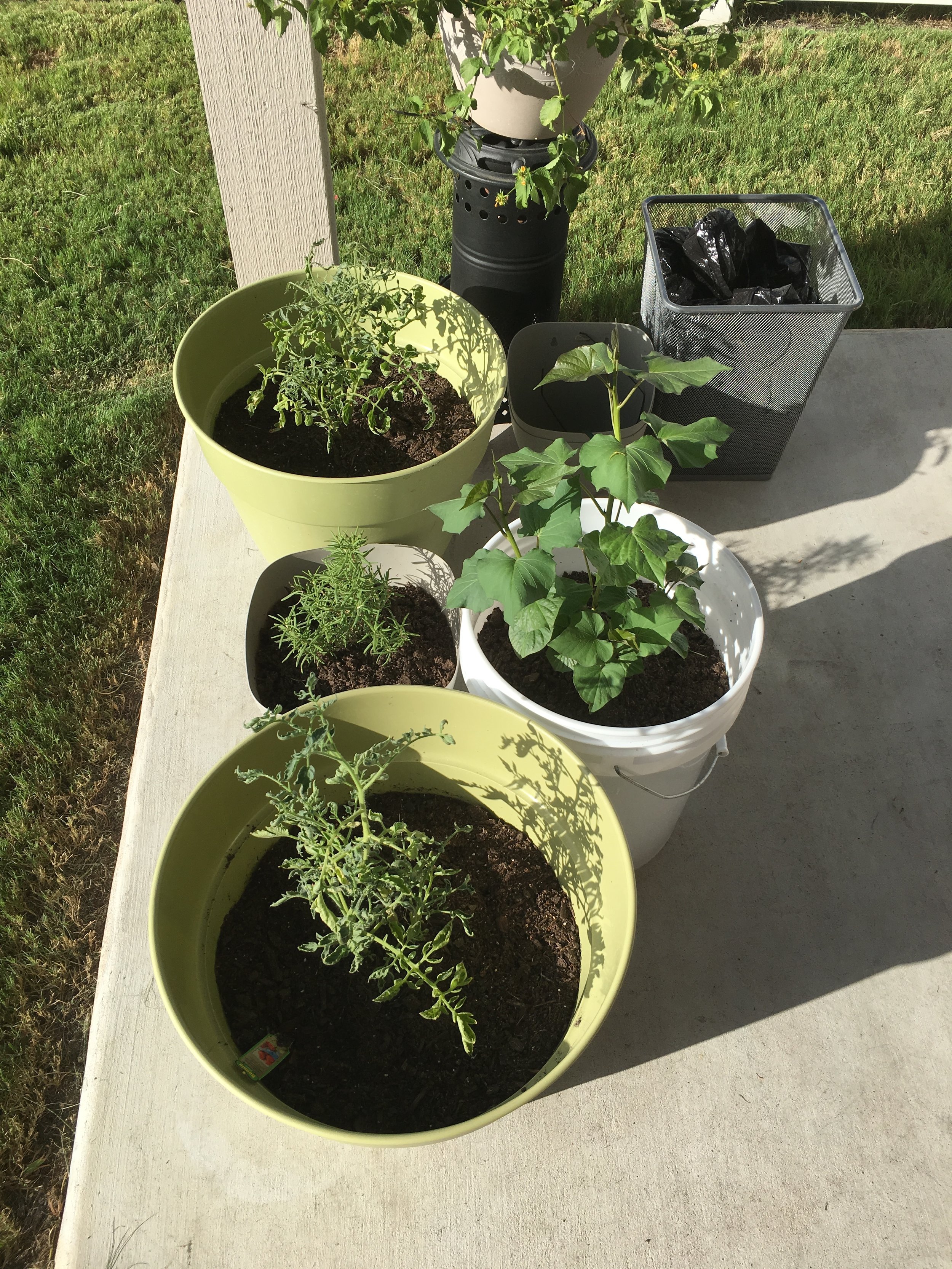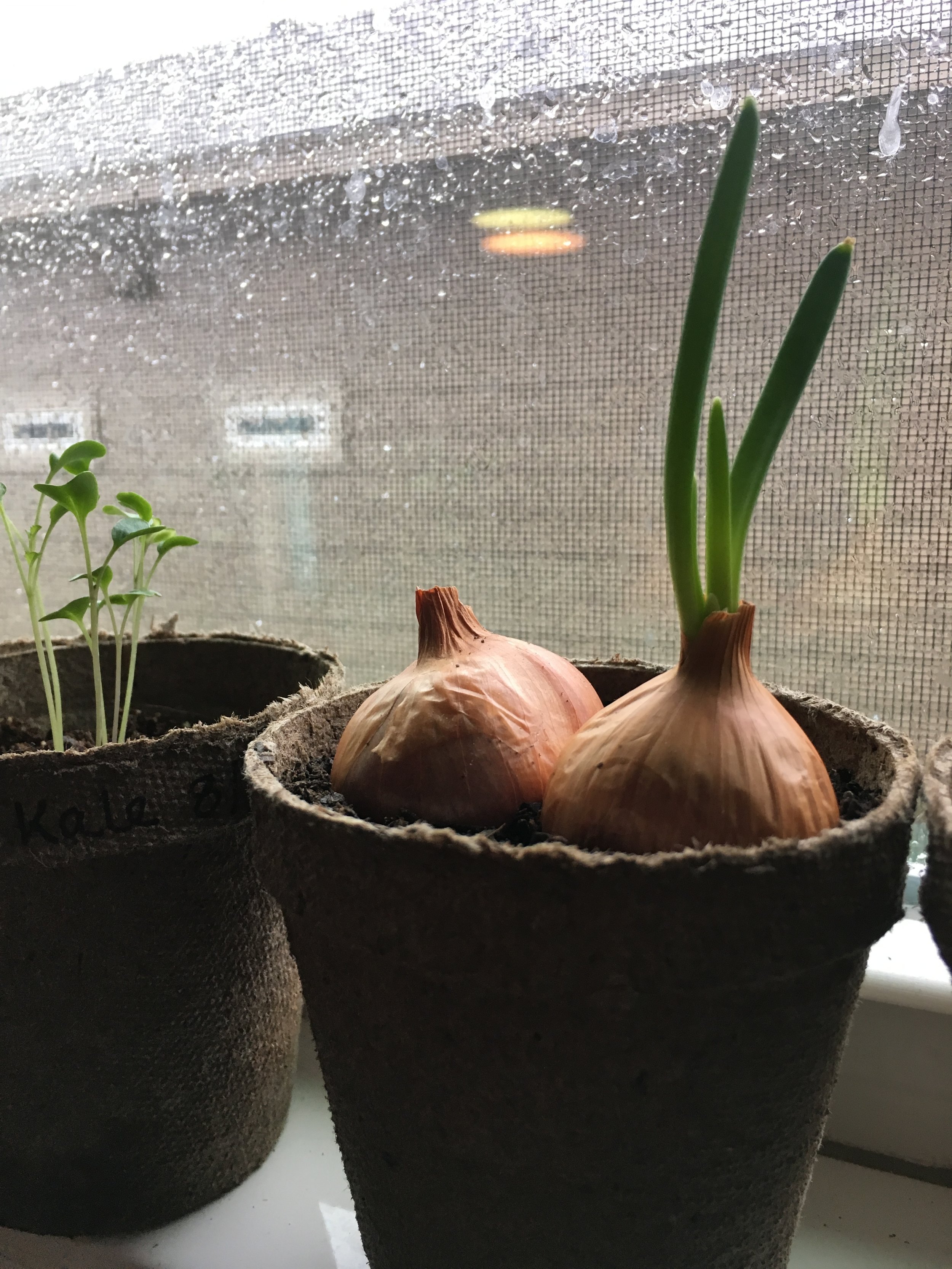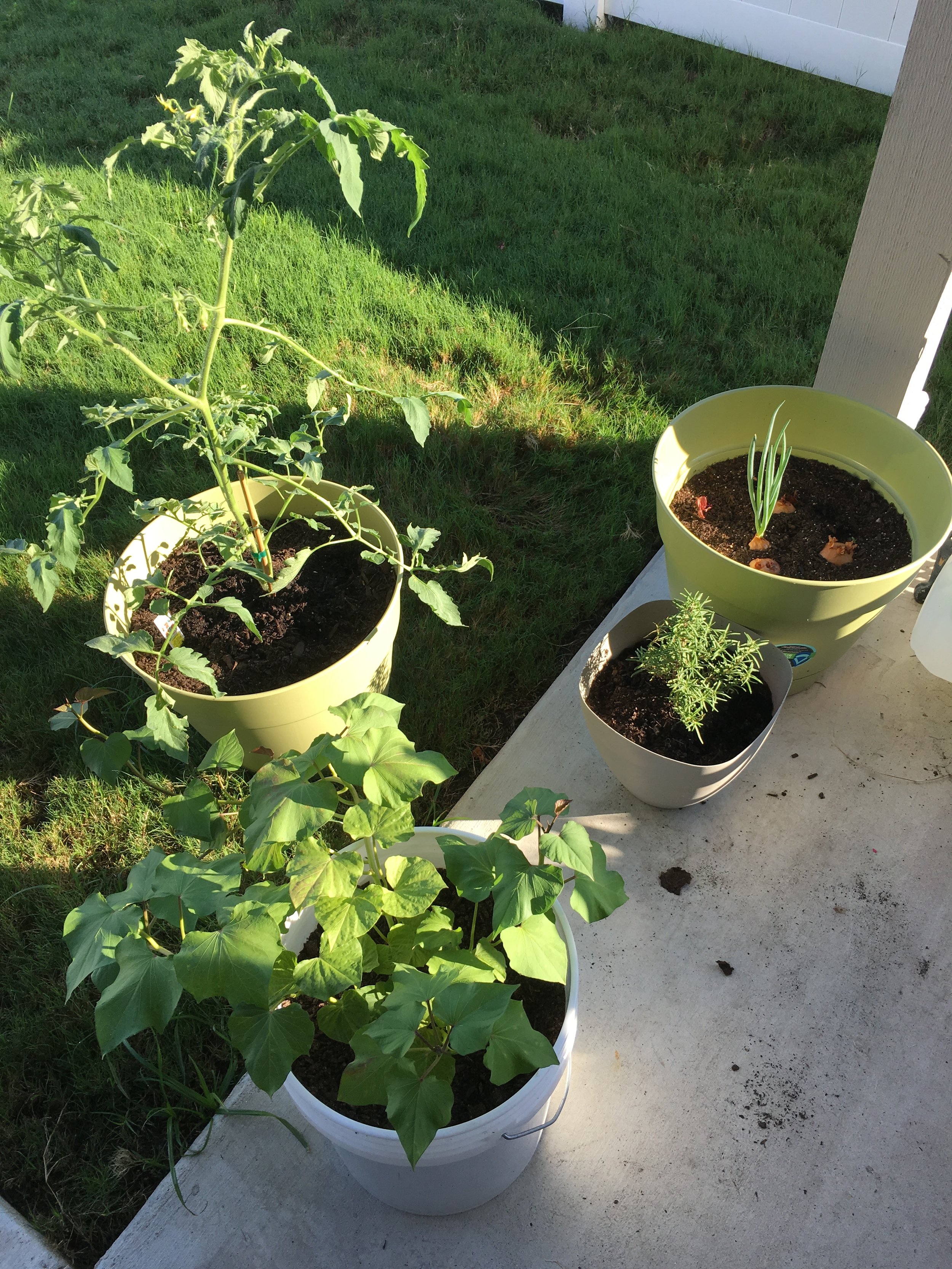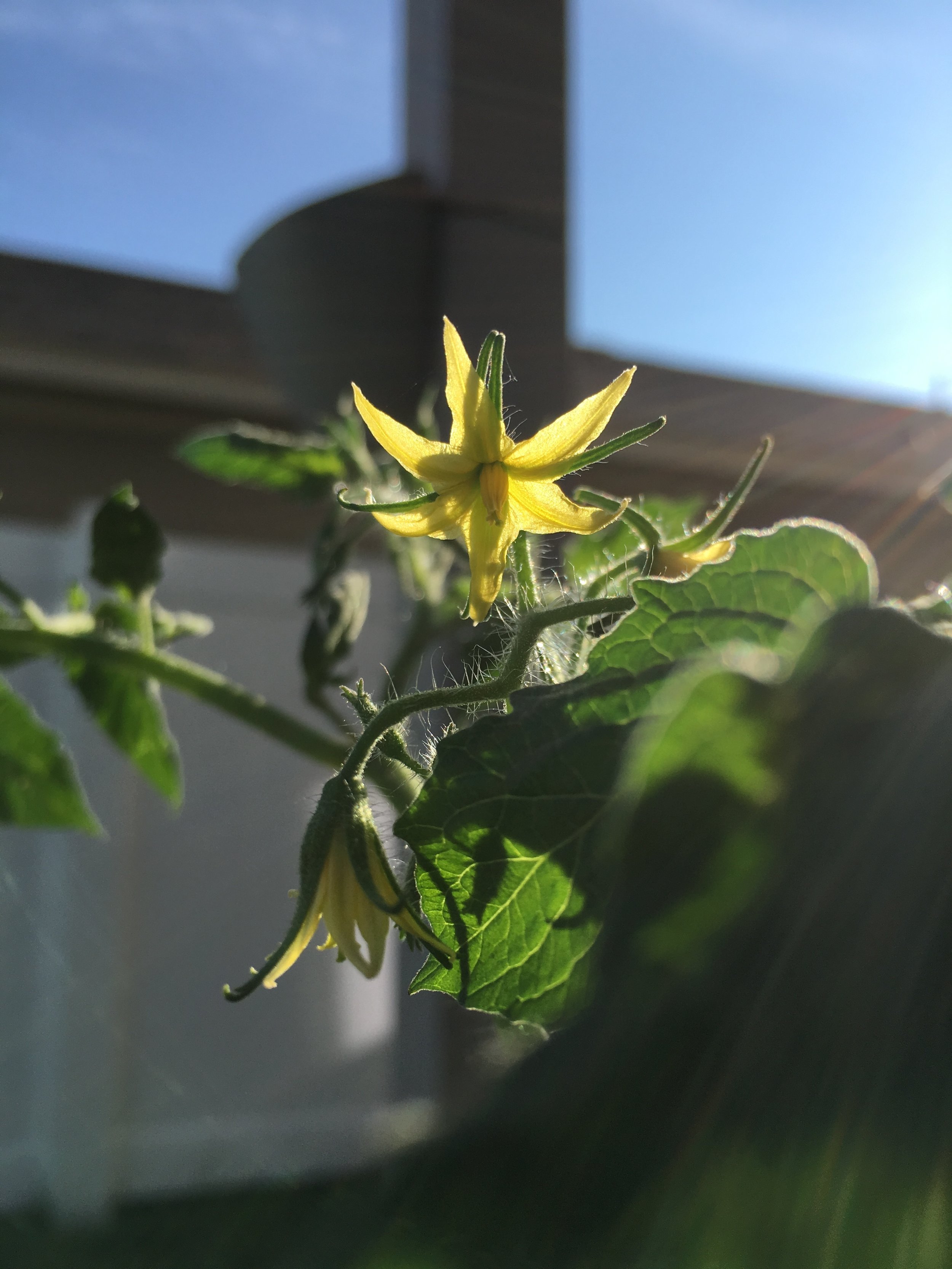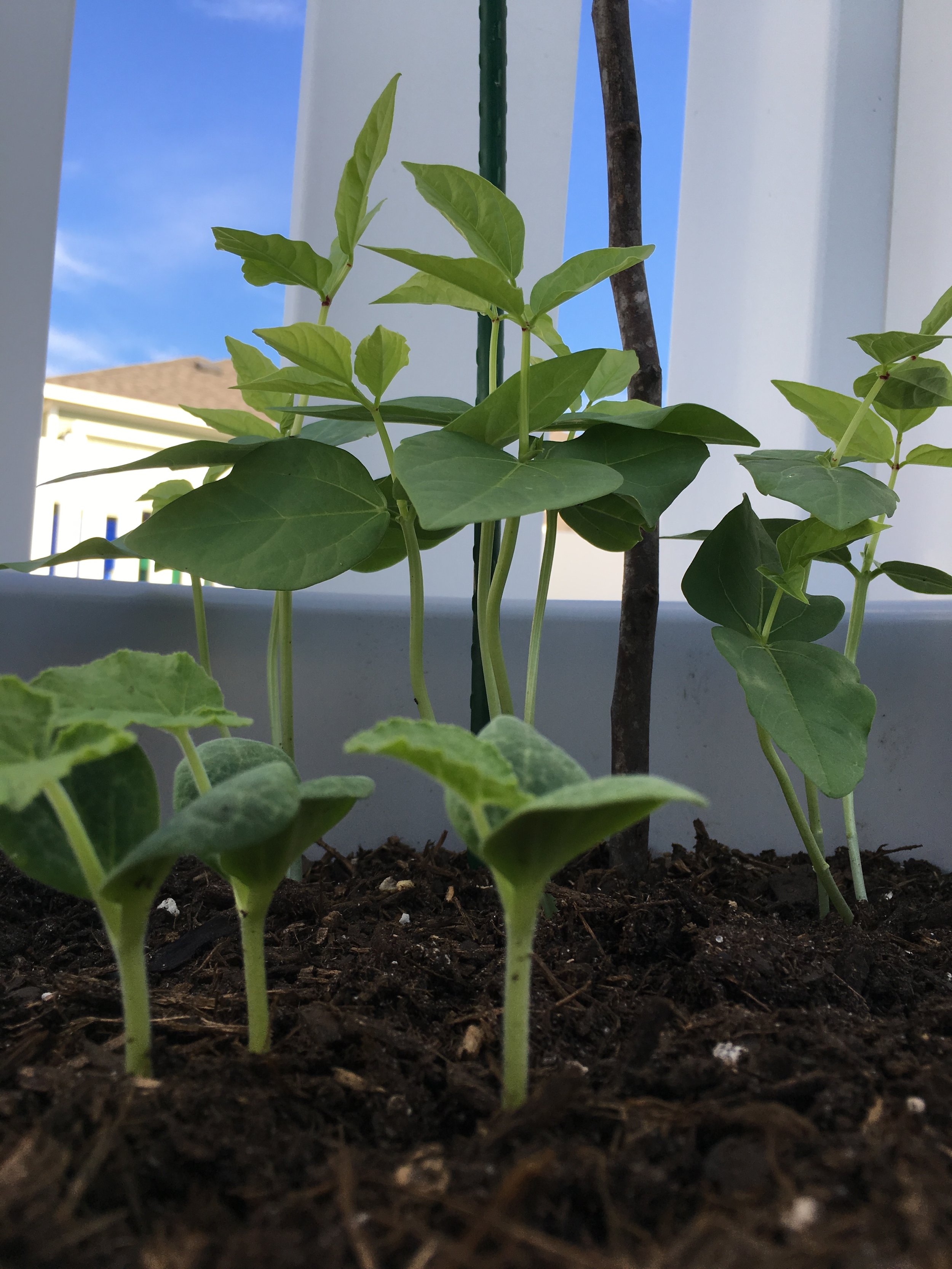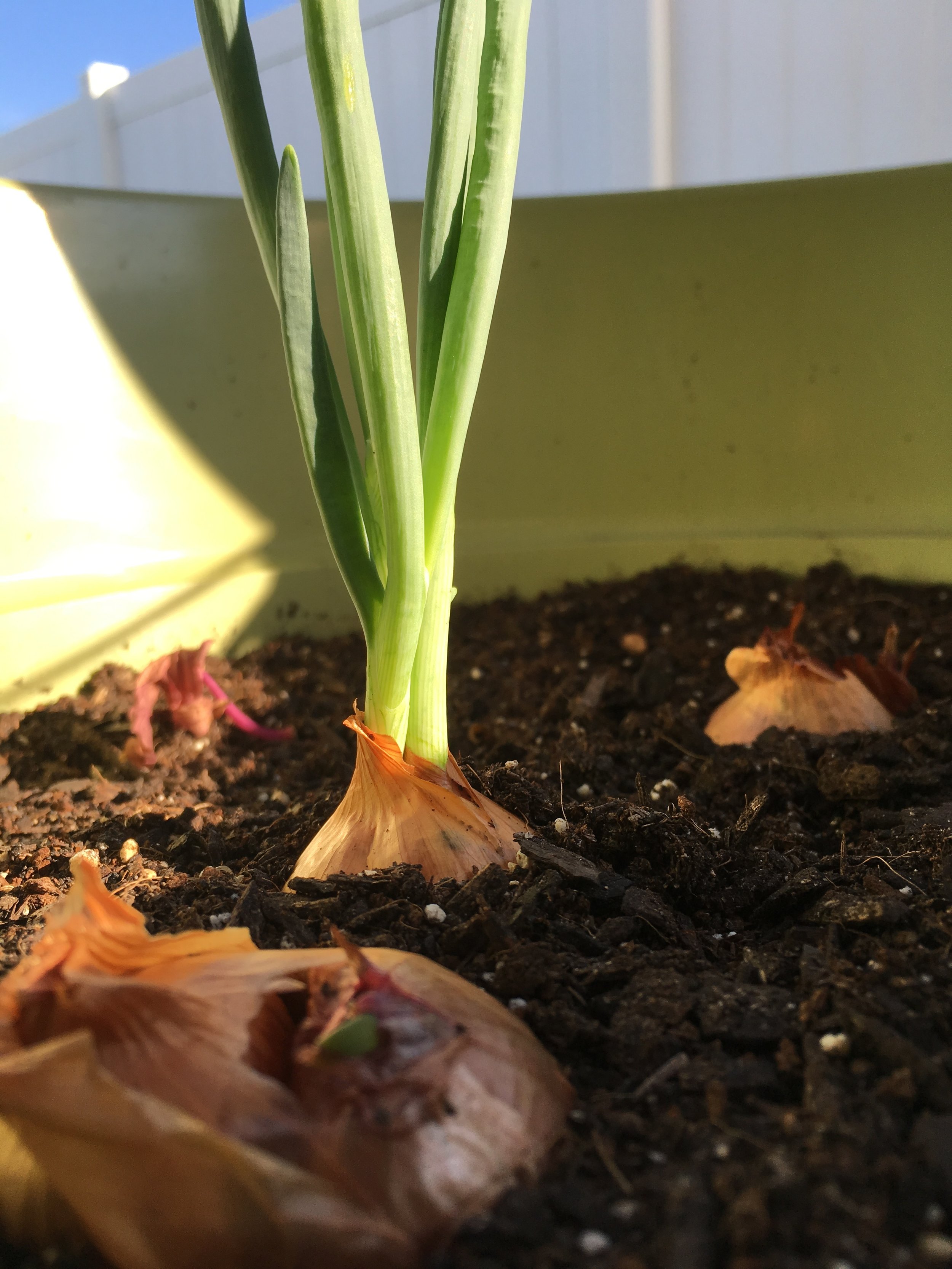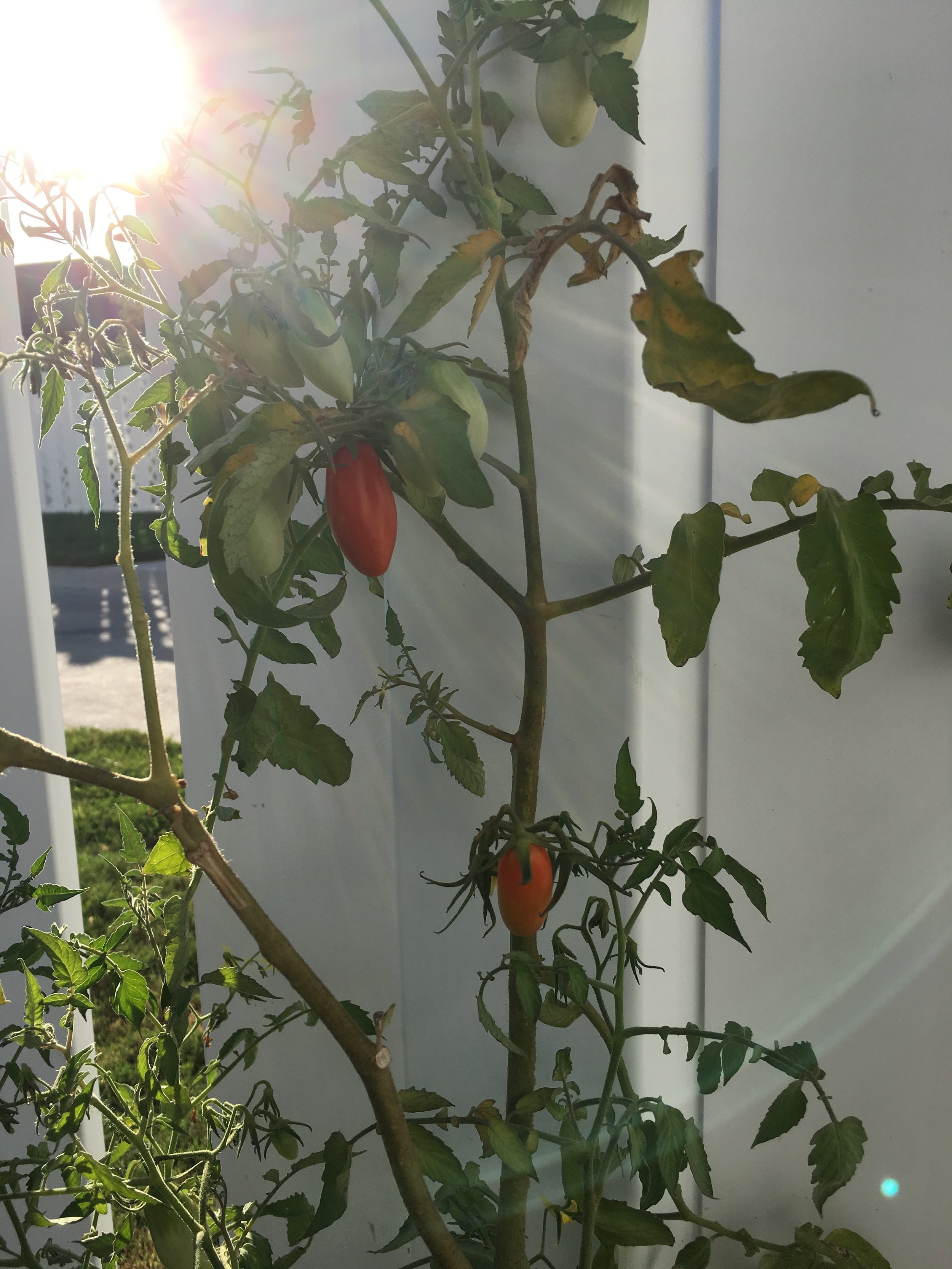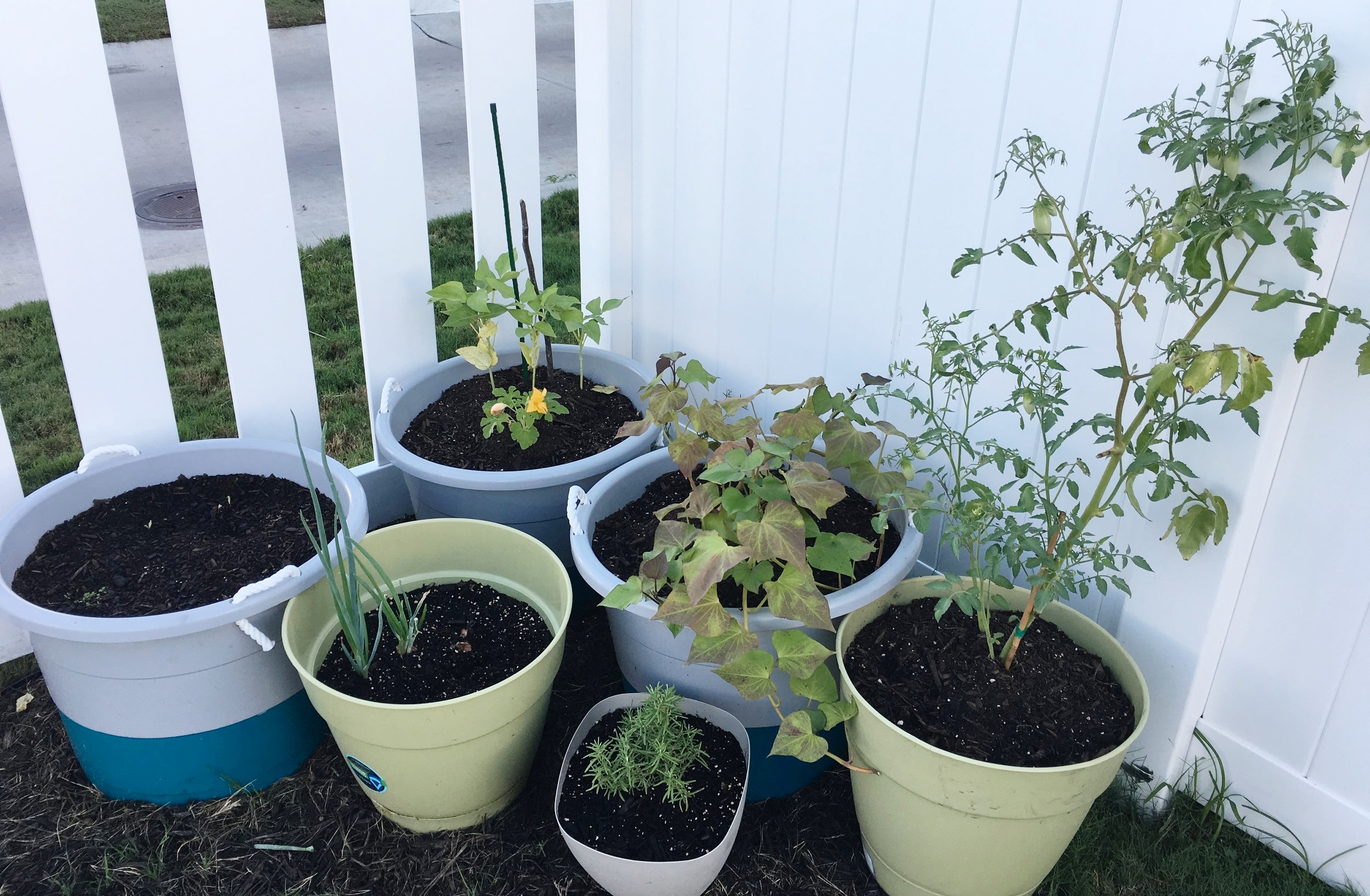Hey friends, it’s Pollinator Week! And By now most people know that pollinators are an integral part of our food production, and the balanced ecosystem of a healthy garden. Our dependence on them moves us to support, and advocate for their survival on a global scale. However, I wonder if there’s something we might be missing when we consider the benefits of these common insects. We think of them in terms of their connection to us, and what they provide for us. But what’s magnificent, is that these creatures aren’t working for us at all. They play a vital role in sustaining life for larger mammals, with no other intention than to meet their own basic needs. And by meeting those basic needs, they form an invaluable system of connections in our living world.
Bees, hoverflies, hummingbirds, and moths don’t know that they’re pollinating our food while they gather pollen, and nectar for themselves. Lady bugs aren’t aware that they transfer pollen, and remedy a pest problem by seeking out nectar, and eating aphids. They’re busy minding, and handling their own business…Bees are literally just minding their own beeswax. As a matter of fact, even the host of beneficial garden insects that aren’t pollinators make our lives better by simply moving through their lifecycle. Hold on to that thought for a minute.
Their very existence, innately improves the conditions around them. They do not work against their interests, or intentionally contribute to humankind. They just make things better by being.
That is fascinating! It’s also deeply inspiring. Goodness! What if we all aspired to improve the condition of our environment (personal/communal/and eco), increase it’s yield and productivity, and eliminate harmful elements, just by tending to our own business? Pollinators are the low-key exemplars of Permaculture best practices. So let’s be encouraged; because even if these are attributes we have to adopt, we have the capacity to observe, and learn. We also have the ability to do something they can not. We can protect, and cultivate the environments that these wonder-bugs rely on.
A “Thriller & Spiller” arrangement of Globe Amaranth, Petunias, and Verbena from my mother’s townhouse patio garden. A small water feature out of frame completes this ideal pit stop for birds, butterflies, and bees.
Here are some ways to encourage the presence of pollinators, or continue to support their habitats, even if you don’t have typical conditions for a pollinator or perennial garden.
While native perennials are ideal, colorful annuals are also a great food source for pollinators. Some advantages of annuals are that they tolerate containers well, are readily available, and low commitment/versatile. So they can easily be added to an apartment balcony / fire escape, front porch hanging baskets, or window boxes. Bonus! Their annual growth cycle means you can stick with tried and true favorites, or opt for a fresh aesthetic each season.
Speaking of containers and window boxes, let’s say you’re not quite ready to keep flowers alive, or you think your balcony/ stoop/ porch is a little too shady. Have you considered the humble red or white clover? Clovers are seriously low maintenance and inexpensive to grow from seed. Red clover is even an edible variety (as with any herb, or wild edible, please research before consuming). And if you’d like to grow clover that can also be used for sprouts or tea; be sure to source from a supplier that carries food or sprouting-grade seed. If you can’t find a local retailer for uncoated, bulk clover seed, Southern Exposure Seed Exchange has you covered.
If you do have some outdoor space for larger pots, or in-ground planting; but just don’t have the time to maintain any kind of flower garden, I highly recommend adding flowering herbs to your landscape. My all time favorite is upright rosemary. This hardy herb grows like a shrub; is drought tolerant, and doesn’t have precious soil requirements – just make sure it’s well-draining. The upright variety also produces the broad feathery “leaves” that are ideal for culinary use. The one downside is that due to its mediterranean origins, it does not tolerate extreme low temperatures, and might need to be moved indoors for winter.
Lavender, basil, and lemon balm are also flowering herbs that make fragrant, delicious, and textural additions to simple landscapes or container gardens. Some notes: Lemon Balm is in the mint family, and can quickly become invasive (so keep it in a pot!). Basil will only produce flowers when it bolts; but once it does, the bees will enjoy it as much as you do.
Lastly, lavender is an herbal powerhouse; but can skew a little high-maintenance. However, if you have a sunny, and well-draining to slightly dry location, it should find a happy home in your yard. In addition to flowering herbs, diversifying any available lawn with a mix of clover and grass seed, or converting a small section (even 3ft x 3ft) to meadow with a regional wildflower blend reduces the need for harsh fertilizers and herbicides that severely jeopardize beneficial insect and pollinator populations.
. There are also a variety of non-plant solutions that provide food, and/or habitats for pollinators. There are DIY plans, simple kits, and plain ol’ store bought options for bug hotels, butterfly feeders, bat houses, and hummingbird feeders. Of course it’s most helpful to have these in an area with some greenery, but city trees and patches of grass count! Combining a feeder, or bug house with some hanging baskets, or window boxes is also an option that doesn’t require a lot of caretaking or a private yard.
Whichever means, or scale you pursue, the goal is to adopt a little of the instinctive good, and helpfulness of the pollinator. As the distance between toxin-free green spaces expands, it’s more important than ever to create urban/suburban pit stops, and oases. You do not need a traditional yard in order to be pollinator friendly. Find a solution that fits naturally into your living situation, and is even a part of you meeting your own needs… for food, beauty, creative expression, or dirt therapy. (This is a mostly fool-proof way of ensuring you keep it up.) And in turn, you will be supporting and enabling the livelihood of other creatures just by living your own mindful life. Happy Pollinator Week!
Nasturtium is easily grown from seed, produces edible flowers and leaves (with flavor akin to peppery arugula) and is a veritable pollinator feast. This is what I’m talking about! Image Courtesy of: Emma PJ @twirlingbirdie ©2020






